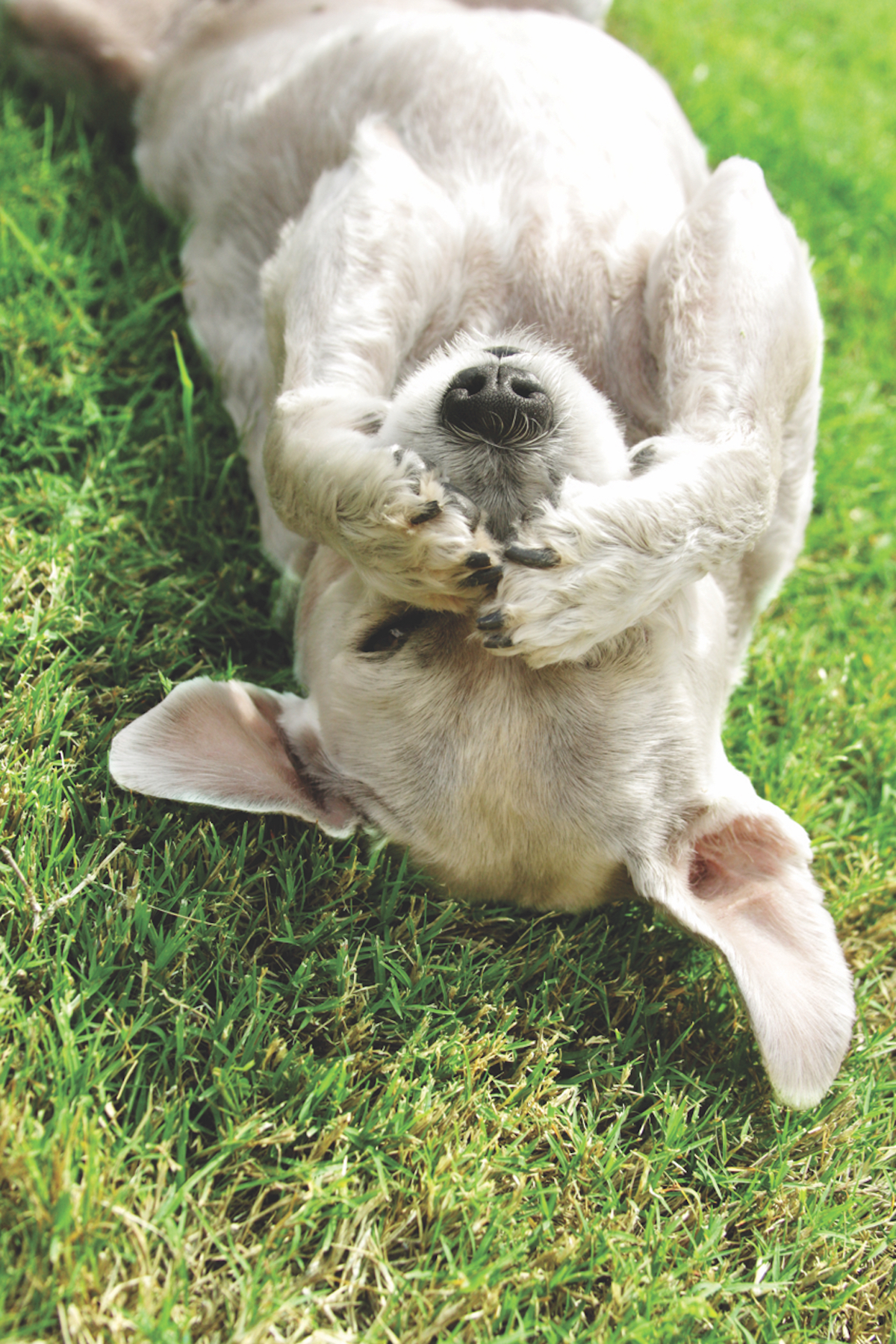By Tracie Korol
Manufacturers soon realized there was big, big money to be made in dog foods. But how were they to sell more of the same old stuff? The next big marketing strategy was to push specialty diets, formulated for specific diseases or disorders in pets. The first diets were developed for kidney and heart disease in 1948.
These have expanded to more than 20 specialty diets being offered today. Mark Morris, DVM, founder of Hill’s Pet Products (Science Diet) was the first in the field to really ramrod this idea. The Purina Company quickly followed, with several other companies not far behind. Only veterinarians offered Hill’s prescription products. This began to portray dog nutrition as frightfully complex; the public relied more on their veterinarian’s advice about nutrition rather than trusting their own judgment or common sense. Shopping for dog food expanded from the feed store, to the supermarket to the veterinarian’s office.
Until 1974, the National Research Council (NRC) developed the protocol for the nutritional values needed in pet food. Following the publication of the article “What’s Really in Pet Food’ from The Animal Protection Institute (API), a new organization was formed, the American Association of Feed Control Officials.
This group was organized and supported by the pet food industry as it is today. They decided to change the standards of the NRC (National Research Council) testing procedures from extending feeding trials of the dog food over a period of time to simple testing of the chemical analysis of the dog food. While this provided results for the percentages and breakdowns in the dog food, it certainly didn’t address the type of food used, freshness, or digestibility of each of the ingredients. As API states in their article, this left the pet food industry to police itself, without government intervention.
In 1985, the National Research Council updated its guidelines for nutrition, instituting changes requiring manufacturers to verify that their final product be nutritionally sound, after it was cooked and processed. It also recommended that the nutrients of the food be listed in metabolic energy units. The advantage here was to be able to measure the food on a unit energy basis, and to be able to compare foods more accurately.
And what was the response from the pet food companies? Ben Sheffy, of the James A. Baker Institute for Animal Health at Cornell University, who participated in the 1985 NRC revision, reports the responses ranged from “disappointment to anger.” Today, pet companies are still using the 1974 protocol for nutrition, and no serious efforts have been made to accept the 1985 proposed changes.
The next trend marketeers invented for the public was the creation of “premium” dog foods. These foods are advertised to be more nutritionally complete for dogs, offering different blends for all stages of life, including puppy diets, maintenance diets, performance diets and senior dog diets. While this created new markets for pet foods, it also created a new sense of helplessness for the public. By the way, these foods are advertised as “premium” but still use the old standards from the NRC 1974 requirements. The buying public became more confused. Not only couldn’t we be trusted to feed our own dog, now different formulas were “needed” for various life stages of the dog.
As an ex-marketeer, I can personally attest that many lifestyle choices we now accept as The Only Thing To Do were created by a bunch of people sitting around a conference table, drinking coffee late into the night, churning out ideas. The goal is always to sell the product. Bottom line: dog food has not fundamentally changed in 35 years. It has been and remains to this day dry pellets of brown stuff you wouldn’t eat. Fortunately, many of us are beginning to wake up to what we are putting in our dogs’ mouths. Remember, in the Way Back the only thing to do was to share our food with our Best Friends.






